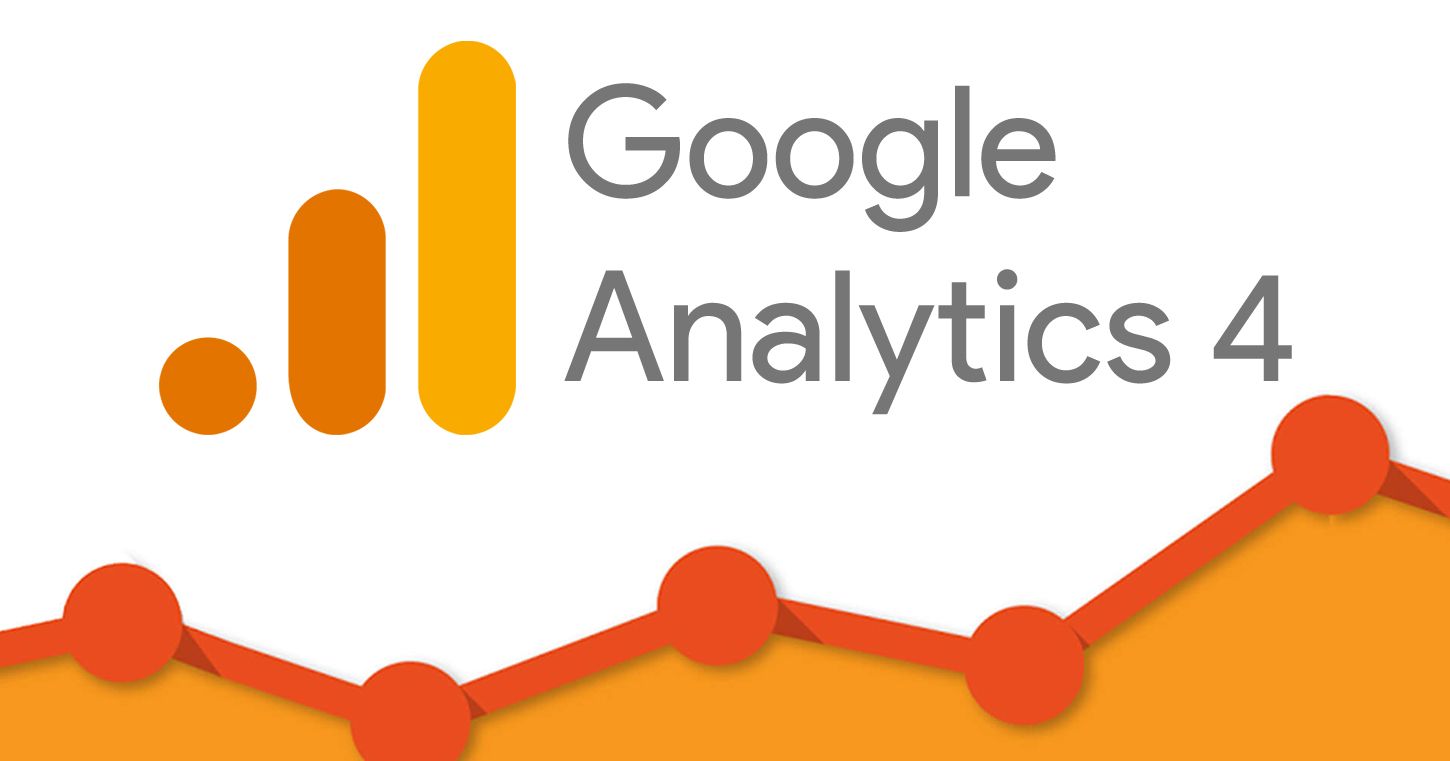How Content Can Bridge the Gap Between Sales and Marketing
How Content Can Bridge the Gap Between Sales and Marketing

Marketing and sales teams have a clear disconnect, as has been the case for many years. Marketing is often accused of bringing in low quality leads that sales can’t do anything with, while sales is blamed for not following up with leads appropriately. The rifts between sales and marketing goes beyond disagreements in the workplace. It affects productivity and hurts your bottom line. Companies that are successful in aligning these two teams see improved results and increased revenue.
The division between marketing and sales is not a new one, so we can’t expect it to be repaired overnight. However, working towards solutions is worth the effort. You just never know when a strategy that works for both teams will be discovered. One of these strategies might be content.
Let’s learn about how other companies are using content to bridge the gap between marketing and sales departments.
Develop Consistent Buyer Personas
The first step in bridging together sales and marketing is developing consistent buyer personas. Marketing is responsible for creating content, running campaigns, etc., but they must know who they are marketing to. Simply generating cool-looking content for the heck of it isn’t going to be effective. It must speak to a specific audience.
Fortunately, marketing doesn’t have to rely on best guesses or analytics alone. The sales team has a good understanding of the customers because they engage with them. Before starting a new campaign or creating any new content, make sure that both sales and marketing are on the same page in terms of buyer personas. Then, content can be successfully created for these different buyers.
Bring in Better Quality Leads
Lead quality is always a hot topic for marketing and sales.
Sales departments have two things they want from marketing: a lot of leads and good quality leads. In order to increase both the quality and quantity of leads, content can be helpful.
Content helps brands stand out from their competitors. It is responsible for educating potential buyers and connecting them emotionally to the brand. Interactive content appears to be most effective for this purpose, so consider how to add engaging content of this sort to your social media channels, blog and emails.
Sales associates should also have more interactive tools to gauge where customers are in their life cycle. After all, the key to making content more effective is aligning it with the buyer journey. This way, customers are continually being fed the right information at the right time, helping them to make informed, educated buying decisions. Tools such as ROI calculators and assessments can make all the difference in creating helpful, effective content.
Pave the Way for Meaningful Conversation
Another way that content helps the sales and marketing teams is by paving the way for an initial conversation. People expect brands to have a deep understanding of who they are and what they want, which can be achieved through personalization. When helpful, relevant content is delivered to the right people at the right time, they are more likely to respond positively to a future interaction.
Content is a great way to open up dialogue with the sales team. Whether it’s a tweet, an Instagram post or a blog, sales teams should have tools to track customers in real time. When they identify people who are engaging with the content in some form, this can break the ice and move someone through the funnel. Instead of marketing always being the ones telling sales what’s working and what’s not for prospects, the sales team can see it too.
Including Sales in the Planning
Sales tends to feel left out, and it’s understandable why this is the case. Marketing puts together great campaigns to reach a highly targeted audience, but sales teams are often unaware of what these marketing materials are. Therefore, when they are handed over leads, they don’t know what drove them there and what qualified them.
To resolve some of the misunderstandings, it’s helpful for sales teams to know what types of campaigns are being pushed out, the content that is being used to bring in leads and so forth. There Is a big difference between a hot lead who is ready to buy and one that is in the looking stage.
Sales can also shed light on the types of things that customers are looking for. What questions do customers have? What other information do they need to make a decision? Marketing can then use this information to create fresh, new content that fills in the gaps.
Conclusion
In the end, sales and marketing depend on each other for success. The key is getting these two teams to work together for better results. By scheduling meetings each month, both departments can share their findings and work together to create fresh, relevant content that will drive in a larger quantity and better quality of leads.
About the Author
Kevin Dean, President of WSI Net Advantage…
The Best Digital Marketing Insight and Advice
We are committed to protecting your privacy. For more info, please review our Privacy and Cookie Policies. You may unsubscribe at any time.
Don’t stop the learning now!
Here are some other blog posts you may be interested in.


